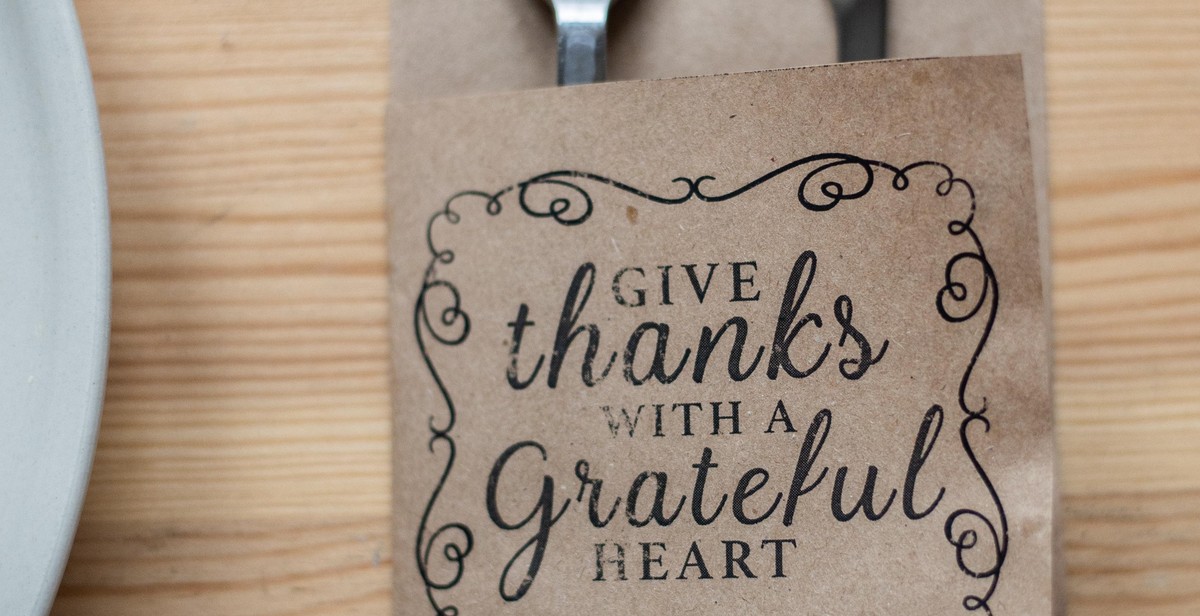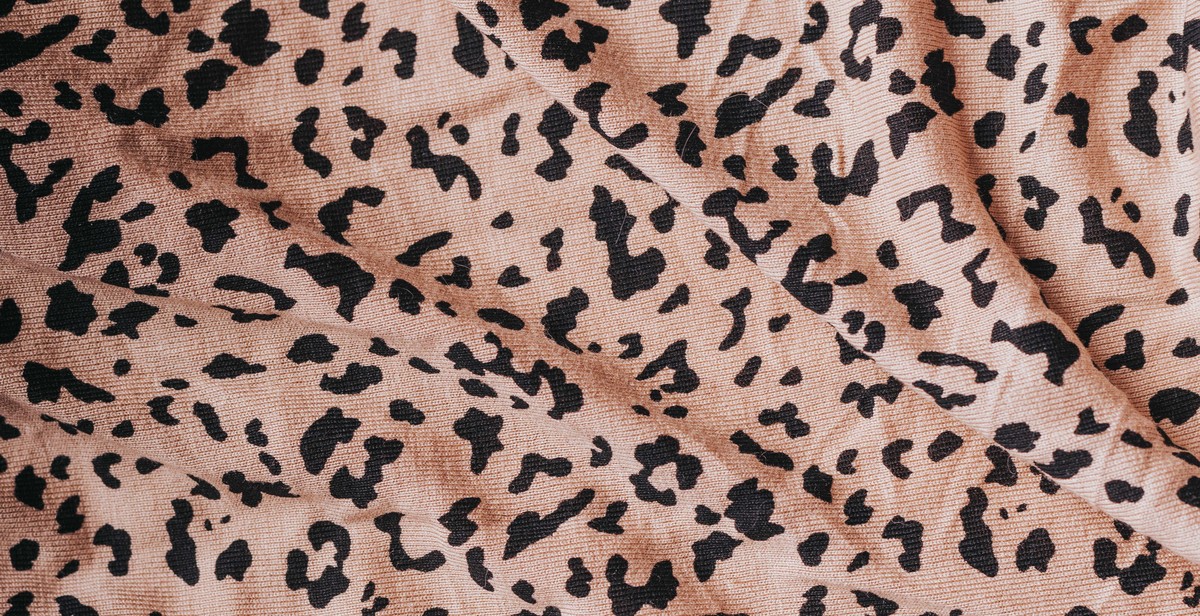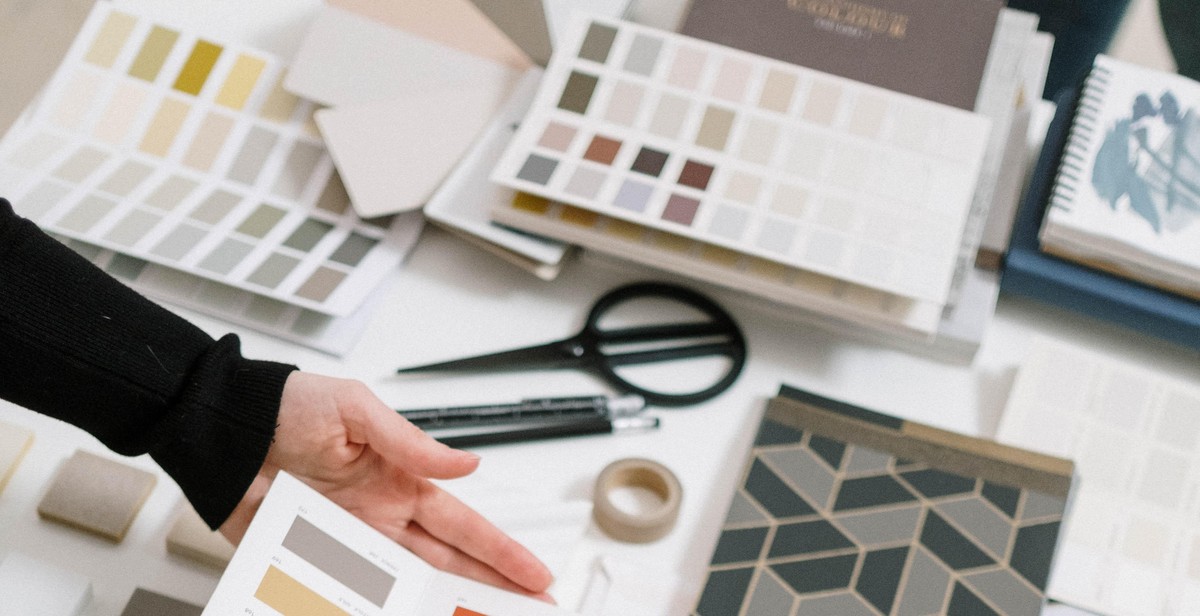How to Choose the Right Typeface for Your Print Design: Matching Style and Message
Choosing the right typeface for your print design can be a daunting task. With so many different options available, it can be difficult to know where to start. However, selecting the right typeface is crucial for ensuring that your design is effective and communicates your message clearly.
The Importance of Typeface
Typography is a fundamental part of design and can have a significant impact on how your message is received. The typeface you choose can alter the tone and mood of your message and can even affect how it is perceived by your audience.
For example, a bold, sans-serif typeface may be appropriate for a modern, edgy brand, while a more traditional serif typeface may be better suited for a classic, elegant brand.
Matching Style and Message
When choosing a typeface, it’s important to consider both the style of your brand and the message you want to convey. The typeface you choose should complement your brand’s overall aesthetic and help to reinforce your message.
If you’re unsure where to start, consider creating a mood board or gathering inspiration from other designs that you admire. This can help you to get a better sense of the type of typography that would work well for your brand.
Considerations for Print Design
When designing for print, there are some additional considerations to keep in mind. For example, you may need to choose a typeface that is legible at a smaller size or one that works well in different lighting conditions.
It’s also important to consider the printing process itself and ensure that the typeface you choose will reproduce well in print.
By taking the time to carefully consider your options and choose the right typeface for your print design, you can create a design that effectively communicates your message and resonates with your audience.

Understanding Typeface and Its Importance
Typography is an essential element in print design, and choosing the right typeface can make a significant impact on your project. A typeface is a set of characters that share the same design, including letters, numbers, and punctuation marks. It is also known as a font family and can come in various styles, such as bold, italic, or regular.
What is a Typeface?
A typeface is a critical element in graphic design that can influence the overall look and feel of a printed piece. It is an essential tool for communication that can convey a particular message or emotion to the audience. The right typeface can help to create a sense of hierarchy, emphasize important information, and make the content more readable and visually appealing.
There are different types of typefaces, including serif, sans-serif, script, and display. Serif typefaces have small decorative lines at the end of each character and are commonly used for printed materials such as books, newspapers, and magazines. Sans-serif typefaces, on the other hand, do not have these decorative lines and are often used for digital media and online content.
Why is Typeface Important for Print Design?
Choosing the right typeface is crucial for print design because it can affect the readability and overall impression of the piece. It is essential to consider the audience, the purpose of the design, and the message that needs to be conveyed when selecting a typeface.
For example, if you are designing a brochure for a luxury brand, you may want to choose a serif typeface to convey a sense of elegance and sophistication. On the other hand, if you are designing a poster for a music festival, a bold and playful display typeface may be more appropriate.
Furthermore, it is essential to consider the technical aspects of the typeface, such as its size, weight, and kerning. These factors can affect the legibility and readability of the text and can make a significant difference in the overall effectiveness of the design.
In conclusion, understanding the importance of typeface in print design can help you choose the right font family for your project. By considering the audience, purpose, and technical aspects of the typeface, you can create a visually appealing and effective design that conveys your message to the audience.

Factors to Consider When Choosing a Typeface
Choosing the right typeface for your print design is not just about picking a font that looks good. It is about finding a typeface that matches the style and message of your design, while also considering the audience and purpose of your project. Here are three important factors to consider when selecting a typeface:
1. Readability and Legibility
The most important factor in choosing a typeface is its readability and legibility. Your audience should be able to easily read and understand the text without any strain on their eyes. When selecting a typeface, consider the size, spacing, and contrast of the text. A typeface with high contrast and open spacing will be easier to read than a typeface with low contrast and tight spacing.
2. Style and Tone
The style and tone of your design should match the typeface you choose. If you are designing a formal invitation, you may want to choose a serif typeface that conveys elegance and sophistication. On the other hand, if you are designing a modern poster, you may want to choose a sans-serif typeface that conveys a clean and minimalistic look.
3. Audience and Purpose
The audience and purpose of your design should also be considered when choosing a typeface. If your audience is older, you may want to choose a typeface with larger font size and simpler design. If your purpose is to grab attention, you may want to choose a bold and unique typeface that stands out.
| Factors to Consider | Importance |
|---|---|
| Readability and Legibility | High |
| Style and Tone | Medium |
| Audience and Purpose | Low |
Overall, selecting the right typeface is crucial to the success of your print design. By considering readability and legibility, style and tone, and audience and purpose, you can find a typeface that not only looks good but also effectively communicates your message to your audience.

Matching Typeface with Message
Choosing the right typeface for your print design goes beyond just selecting a font that looks aesthetically pleasing. It’s important to consider the message you want to convey and match it with a typeface that enhances and reinforces that message. Here are some tips for matching typeface with message:
Serif vs. Sans-Serif
Serif fonts, with their small decorative lines at the ends of letters, are often associated with tradition, respectability, and authority. They are commonly used in print design for formal documents, such as academic papers, legal documents, and newspapers. Sans-serif fonts, on the other hand, are more modern and straightforward, and are often used in digital media and advertising. When choosing between serif and sans-serif fonts, consider the tone and message of your design.
Script and Decorative Fonts
Script and decorative fonts can add personality and flair to your design, but they should be used sparingly and only for specific purposes. These fonts are often associated with elegance, creativity, and whimsy, and can be used for wedding invitations, greeting cards, or other special occasions. However, they can be difficult to read in large blocks of text and should be avoided for body text or lengthy paragraphs.
Display vs. Body Text
When choosing a typeface, it’s important to consider the purpose of the text. Display typefaces are designed to be used in headlines, titles, and other large, prominent areas of a design. They are often bold and attention-grabbing, and should be used sparingly to avoid overwhelming the design. Body text, on the other hand, should be easy to read and legible, even in smaller sizes. Choose a typeface that is clear and easy to read for longer blocks of text.
- Consider the tone and message of your design when choosing between serif and sans-serif fonts.
- Use script and decorative fonts sparingly and only for specific purposes.
- Choose a display typeface for headlines and titles, and a clear, legible typeface for body text.
By carefully considering the message and purpose of your design, you can choose a typeface that enhances and reinforces that message, creating a cohesive and effective design.

Testing and Finalizing Typeface Choices
Once you have a shortlist of potential typefaces, it’s important to test them thoroughly to ensure they are the right fit for your print design project. Testing should focus on three key areas: readability and legibility, style and tone, and overall cohesiveness.
Test for Readability and Legibility
Readability and legibility are two key factors in ensuring your typeface is easy to read and understand. Readability refers to how easy it is to read a block of text, while legibility refers to how easy it is to distinguish individual letters and characters.
To test for readability and legibility, print out samples of your chosen typefaces in a range of sizes and weights. Use a variety of text lengths and styles to test how they perform in different contexts. Ask others to read the samples and provide feedback on which typefaces are the easiest to read and understand.
Test for Style and Tone
The style and tone of your chosen typeface should match the overall style and tone of your print design project. For example, a serif typeface may be more appropriate for a formal document, while a sans-serif typeface may be better suited for a modern design.
To test for style and tone, consider how the typeface looks in the context of your design project. Does it complement the other design elements, or does it clash? Does it convey the right tone and mood for the project?
Test for Overall Cohesiveness
The overall cohesiveness of your design is important to ensure that all elements work together harmoniously. This includes the typeface you choose. The typeface should fit seamlessly into the overall design and not stand out as an outlier.
To test for overall cohesiveness, print out samples of your design project with your chosen typeface and compare it to other design elements such as images, colors, and layout. Does the typeface complement the other elements and contribute to the overall cohesiveness of the design?
| Testing Area | Steps to Take |
|---|---|
| Readability and Legibility |
|
| Style and Tone |
|
| Overall Cohesiveness |
|

Conclusion
Choosing the right typeface for your print design is crucial to effectively convey your message and enhance the overall aesthetic of your project. By considering the style and message of your design, as well as the readability and legibility of the typeface, you can ensure that your message is communicated clearly and effectively.
When selecting a typeface, it’s important to consider the mood and tone you want to convey. Serif typefaces are great for conveying a sense of tradition and elegance, while sans-serif typefaces are more modern and simplistic. Display typefaces can be used for headlines and titles to add personality and flair to your design.
Legibility is also an important factor to consider. Make sure to choose a typeface that is easy to read, even at smaller sizes. Avoid using overly decorative or ornate typefaces that can be difficult to read.
Finally, don’t be afraid to experiment and try different combinations of typefaces to find the perfect match for your design. Just remember to keep your message and overall style in mind.
- Consider the style and message of your design
- Choose a typeface that conveys the mood and tone you want
- Ensure legibility by selecting a typeface that is easy to read
- Experiment with different combinations of typefaces
By following these tips and taking the time to carefully select the right typeface for your print design, you can create a visually appealing and effective design that effectively communicates your message.
